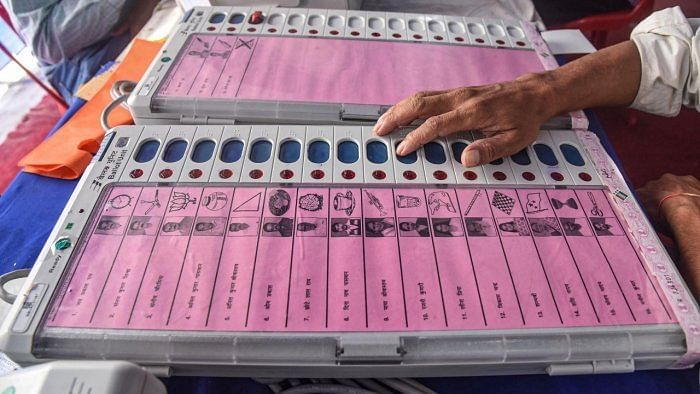
There is a huge difference between opinion polls and post-polls, or exit polls. The churning continues to take place during the opinion polls, with many factors at play. But in the case of post-polls, the voting pattern should be well captured. However, if we look at the exit polls across various elections so far, they may show the trend somewhat closely, but they failed to capture the mood in terms of vote share, seats in various regions, and the overall tally for various parties.
The constituency-level prediction may go wrong as it involves huge resources and takes longer to do a survey across all the constituencies and collate and analyse the data to make sensible conclusions. Moreover, predicting outcomes in all the constituencies would involve many unpredictable factors, such as rebel candidates, polling percentages in different constituencies, and different levels of mobilisation of voters by various parties in different constituencies.
The 2023 Karnataka assembly elections exit poll is a classic case where all exit polls failed except the Axis My India-India Today poll, which predicted 95% of its exit polls correctly. Despite such a poor track record, there are many agencies that enter the exit poll fray. The question is why exit polls often go wrong for most exit poll agencies. This question may be better answered by analysing where these exit poll agencies went wrong.
The first reason is that regardless of elections, pollsters over the years have played it safe when it comes to opinion polls and exit polls, scared to be an outlier, even if the exit poll data indicates the same. The excuse always comes from claiming that it is difficult to "predict exact vote share and seats, but we indicated the trend". With this alibi, exit poll agencies, if they want to play it safe all the time, will lose their sheen sooner rather than later.
The second reason is that the pollsters' past experiences overweigh the new developments, deliberately or inadvertently, like most of the political pundits, which may be called "lazy psephology". For any commoner, it is known that, in the first-past-the-post system, a party in third position decays at some point in time, as the voters of the party in third position don’t see a prospective future to continuously vote for it. JDS has for the last two decades managed to retain 15%–20% vote share essentially because of its concentrated vote base in the old Mysuru region, and hence could be able to win 20–40 seats. As a party in the third position for two decades, it is bound to fail sooner rather than later. The crore-rupee question is when JDS will be pushed back into oblivion. There was a clear indication of that in the 2019 general elections, when JDS managed to win only one seat with a 9.67% vote share despite having an alliance with Congress. Deve Gowda, the patriarch of JDS himself, lost the 2019 general election.
The undercurrent in an election cannot be predicted with quantitative survey data alone. The qualitative data and the key words used by the non-partisan voters while conversing with them are critical to understanding the pulse of the voter. Vociferous people and party men may loudly say to whom they want to vote. But that is not the case with silent voters. Although women voters have been increasingly exercising their franchise, it is still difficult to elicit their views on how they link their day-to-day activities with the state or central administration and the associated welfare schemes. The failure to carry out qualitative surveys to corroborate quantitative survey data could be the third reason.
I would have received at least a half dozen voice calls before the 2023 Karnataka election, asking me to select the party for which I wanted to vote. This kind of voice call data is easy to collect but has to be triangulated with the direct quantitative survey data and qualitative data. The time is very short for the poll agencies, as exit polls have to come on the evening of the poll day. However, the time constraint is the same for all agencies. Moreover, the trend should have been captured before the polling, and there are times, as in the case of the Karnataka elections, when two more days are left to course correct the numbers. Unfortunately, many poll agencies have not utilised these two days to corroborate their data, provided they have collected in-depth data.
(The writer is a public policy expert.)